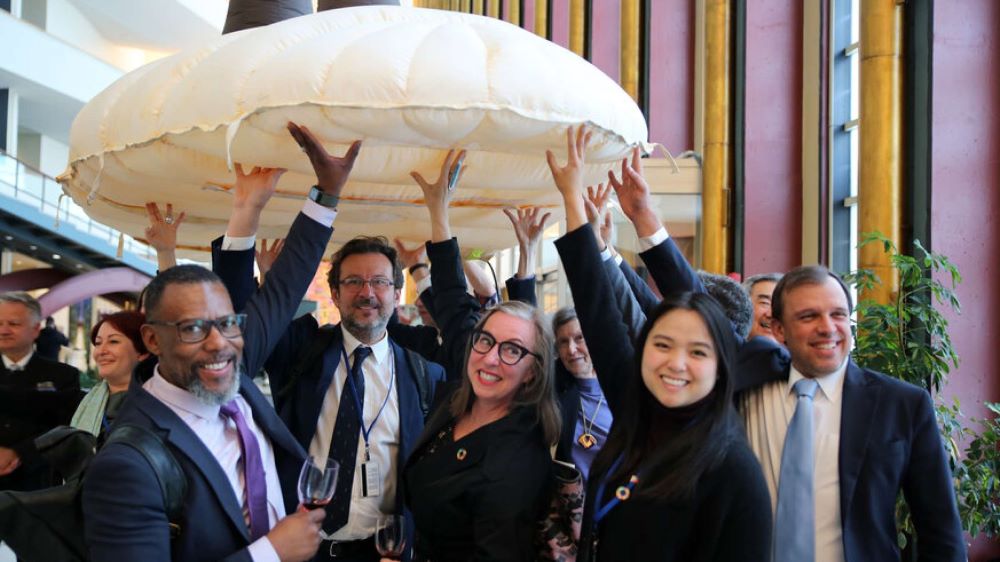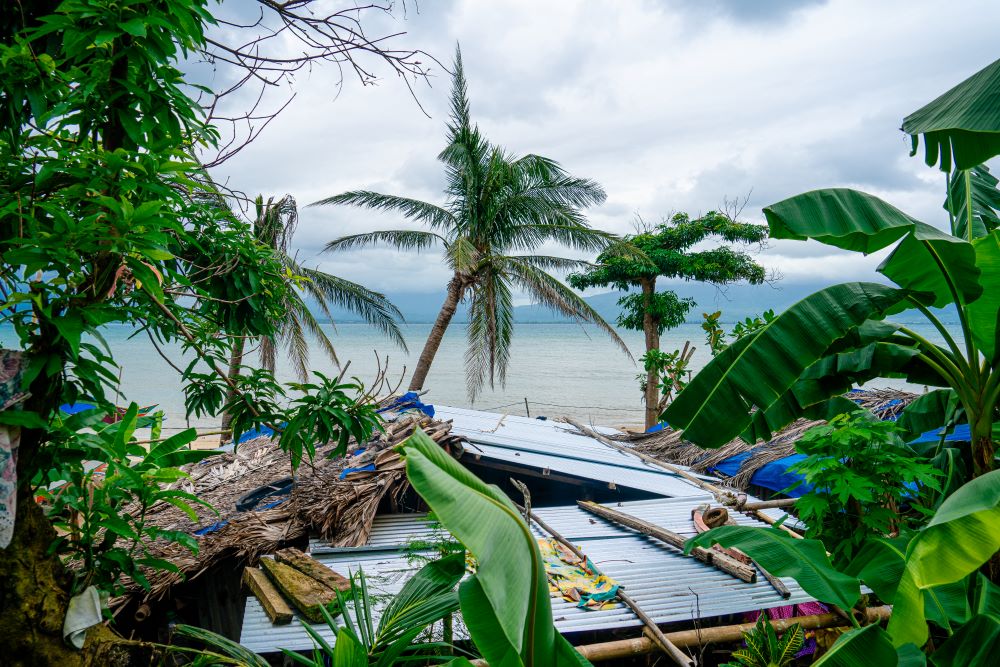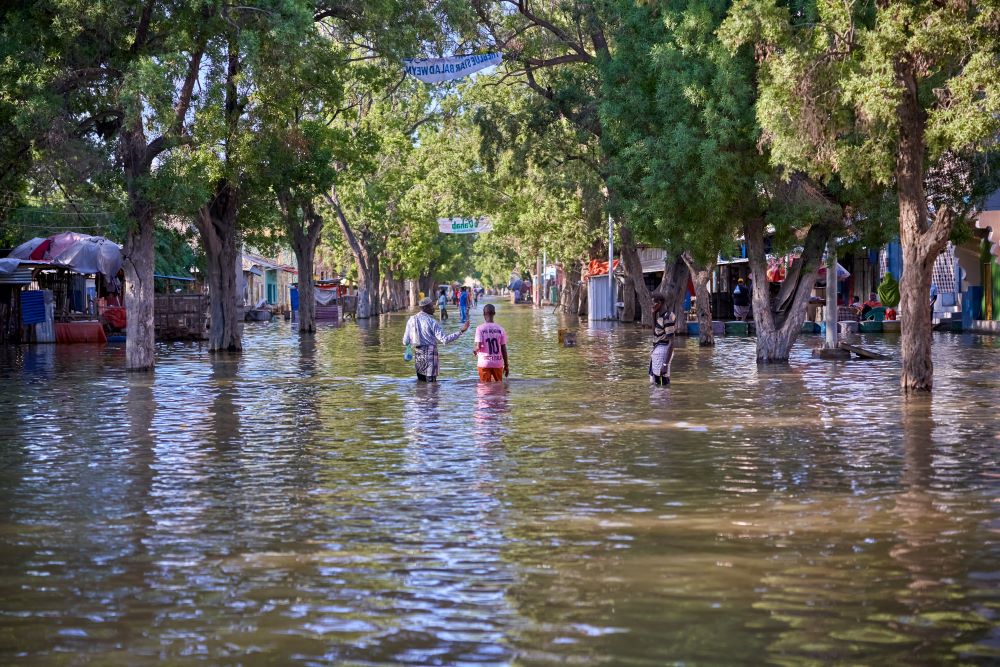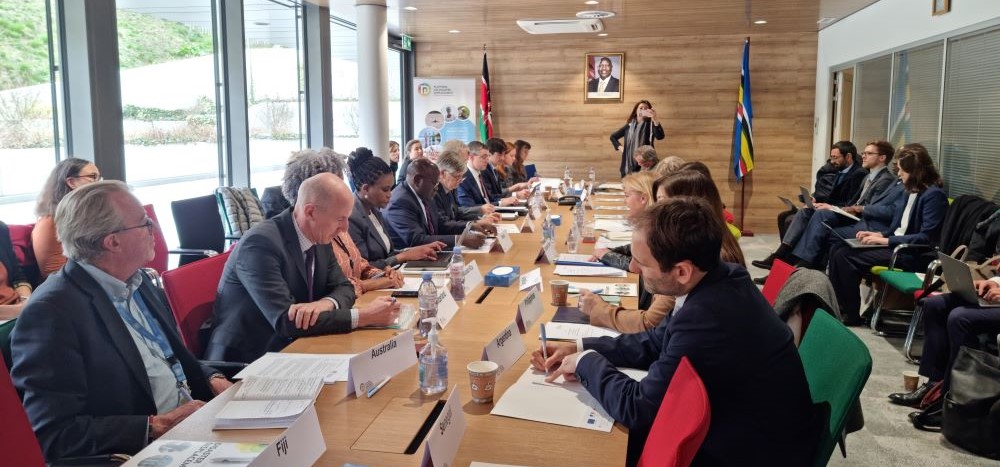In March 2024, the United Nations Special Rapporteur on the human rights of internally displaced…

Reporting Back from New York – High-Level Meeting on the Midterm Review of the Sendai Framework
New York, United States, 18-19 May 2023 – The President of the UN General Assembly gathered with Member States, United Nations system partners and other stakeholders for the High-Level Meeting, marking the conclusion of the Midterm Review of the implementation of the Sendai Framework for Disaster Risk Reduction 2015-2030.
Eight years after the adoption of the Sendai Framework for Disaster Risk Reduction in March 2015 the High-Level Meeting attempted to raise global awareness and generate political will and momentum to integrate risk reduction in all decision-making, investment, and behaviour in alignment with the Sendai Framework to reduce disaster risk and build resilience across sectors. During the course of the meeting, the General Assembly adopted a political declaration recognizing the impact of disasters on human mobility in the following paragraph:
“We express deep concern at the increasing frequency and intensity, as well as the number and scale of disasters and their devastating impacts, which have resulted in massive loss of life, food insecurity and famine, biodiversity loss, water-related challenges, increased displacement, humanitarian and development needs and longterm negative economic, social and environmental consequences, especially for those in vulnerable situations throughout the world, and which are undermining progress towards sustainable development, the implementation of the 2030 Agenda for Sustainable Development and the achievement of its Sustainable Development Goals, in particular for the least developed countries, small island developing States, landlocked developing countries and African countries, as well as middle-income countries facing specific challenges.”
The declaration calls on States to embed risk reduction in the implementation of all relevant policy area, such as climate change mitigation and adaptation, preparedness and response and disaster-induced mobility. The political declaration also challenges countries to strengthen disaster risk governance by addressing disaster risk factors causing displacement, preparing its consequences, and support durable solutions for displaced populations.
In parallel to the High-Level Meeting, the UN Office for Disaster Risk Reduction (UNDRR) coordinated a Risk Reduction Hub with a number of side events to discuss advancing risk reduction efforts across sectors, regions, and contexts. In this occasion, the International Organization for Migration (IOM), the UN Refugee Agency (UNHCR), the International Federation of the Red Cross and Red Crescent Societies (IFRC), the Norwegian Refugee Council (NRC), the International Displacement Monitoring Centre (IDMC), the Global Network of Civil Society Organizations for Disaster Reduction (GNDR) and the Platform on Disaster Displacement (PDD) organized an event dedicated to discussing human mobility.
During the discussion, Mr. Hisan Hassan, Chief Executive, National Disaster Management Authority of the Maldives and Steering Group Member of the PDD, reminded participants of the urgent need to address the impact of disasters on human mobility.
“Disasters affect people in profound ways, and this is only exacerbated by the adverse impacts of climate change. It is essential to integrate human mobility considerations into our disaster risk reduction efforts. This requires the inclusion of local voices, expertise, knowledge, and information from the frontline to ensure that DRR strategies and policies are effective, relevant, and appropriate for the needs of the affected communities. By taking into account the mobility patterns and needs of populations at risk, DRR practitioners can develop more targeted and efficient interventions that not only reduce the risk of displacement but also contribute to the resilience of communities.”
Speaking on the same panel, Ms. Ana Cristina Manuel, Director of the National Emergency Operations Center at the National Institute for Disaster Risk Reduction and Management (INGD) of the Government of Mozambique shared their experiences on this issue.
“My short answer to the question of how should governments prepare for disaster displacement is: put in place the policies and strategies that enable people to avoid displacement, and when they can’t avoid it, to help them rebuild their lives,” she said in her presentation.
To address displacement, Mozambique launched in December 2021 its Policy and Strategy for Internal Displacement Management, aligned with the Sendai Framework, and guided by the African Union Convention for the Protection and Assistance of Internally Displaced Persons in Africa (Kampala Convention). In particular, the Policy and Strategy was informed by the UNDRR Words into Action Guidelines on Disaster Displacement, and its Checklist, developed in partnership with the Norwegian Refugee Council, Oxfam South Africa, UNHCR, IOM, and PDD.
The Sendai Framework Midterm Review provided an opportunity to reflect on the findings, to examine context shifts and emerging issues since 2015, to identify course corrections and new initiatives, to more effectively address the systemic nature of risk , and ultimately, achieve the goals of the Sendai Framework, the 2030 Agenda for Sustainable Development, the Paris Agreement and other agreements, frameworks and conventions.
The different events conveyed a strong message on the need to strengthen coherence and integrate implementation across climate change adaptation and disaster risk reduction. Moreover, a recurring message highlighted that while natural hazard might trigger catastrophe, “disasters are not natural” but can be prevented and addressed through different actions. This notion was underlined through an art exhibition that presented contemporary artworks and socially engaged projects from around the globe to highlight challenges and solutions around disaster risk reduction. This exhibition will stay on display until the 3 July 2023 at the UN Headquarters in New York.
Photo credit: © IISD/ENB Mike Muzurakis
Useful Links
You can watch the RRH event dedicated to human mobility here.
Please find more information and a guide on how to integrate human mobility in DRR policies and strategies here.
Please find information about IOM-IDMC led efforts to develop DRR indicators for displacement here.
Please find the most recent numbers on disaster displacement in the IDMC GRID 2023.
More information on the art exhibition here.




